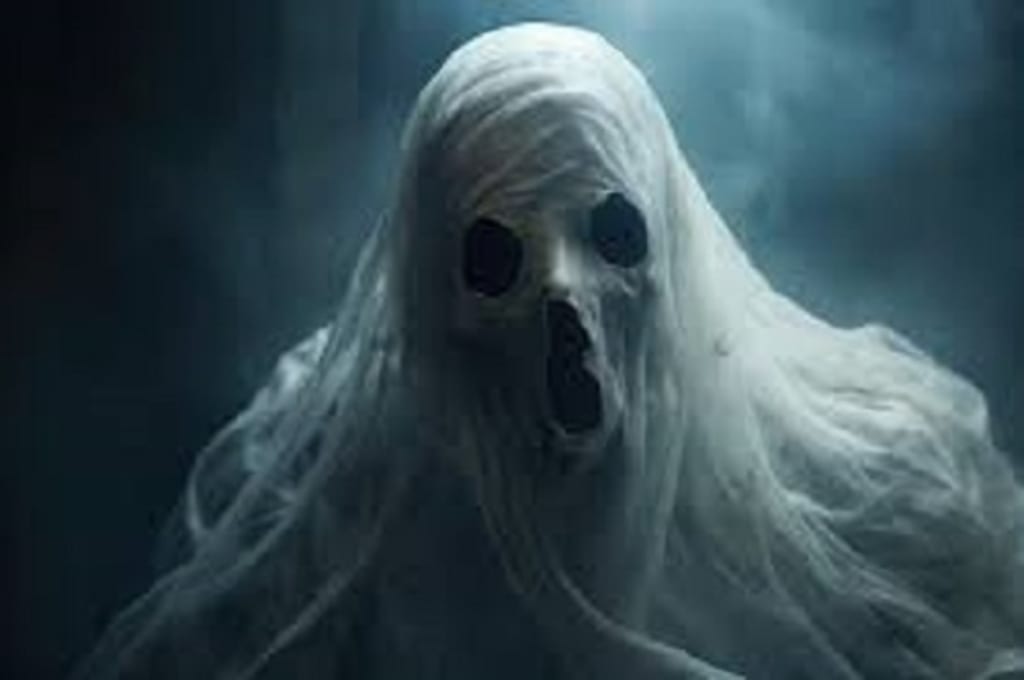
Of course! For generations, ghost stories have captivated readers with their otherworldly narratives, and they have been a part of literature and folklore. Here are five well-known ghost stories that will ice your spine:
Henry James's "The Turn of the Screw": This novella centers on a governess who thinks the kids under her care are possessed by evil spirits. It's a famous example of ambiguity and psychological horror that makes readers wonder if the ghosts are real.
Oscar Wilde's "The Canterville Ghost": The story of an American family who moves into a haunted English manor is told in this amusing ghost story. When Sir Simon the ghost tries to frighten the family, they are not impressed, which creates humorous scenarios.
Susan Hill, "The Woman in Black": This tale, which takes place in a small English village, centers on a solicitor who, while handling a deceased client's inheritance, runs upon the resentful ghost known as the Woman in Black. Many plays and films have been made based on this eerie and atmospheric story.
Charles Dickens' "A Christmas Carol" contains: Even though it's frequently associated with the holiday season, Ebenezer Scrooge receives a spectral visitation from Jacob Marley and three other spirits in this beloved novella. Scrooge gains insight into atonement, remorse, and the results of his deeds via these interactions. Shirley Jackson's novel "The Haunting of Hill House": In an ostensibly haunted mansion, a group of people congregate to look into its paranormal activities.
The narrative explores psychological horror by examining how the mansion affects the minds of its occupants.
For readers who enjoy the macabre and unexplained, these stories present various viewpoints on the paranormal while fusing psychological aspects with classic ghost sightings.
For instance, we can see the story of "The Turn of the Screw"
Henry James's classic horror novella "The Turn of the Screw" was first published in 1898. It is known for its psychological depth and ambiguous narrative, which leaves readers in suspense and uncertain about the existence of ghosts. The plot centers on a young governess hired to look after Miles and Flora, two orphan siblings, at a remote country estate in Essex, England. The governess takes on responsibility for the children's upbringing and welfare, while their uncle, who is their only guardian, stays detached and uninvolved. Strange things start to happen when the governess begins to see the apparitions of two deceased former servants, Peter Quint and Miss Jessel, who appear to have a haunting influence on the children. The governess grows more and more persuaded that these apparitions are evil spirits trying to take control of the kids' souls.
The question of whether these apparitions are supernatural beings or the governess's delusions, however, remains unclear. Because the story is told from her point of view, viewers may wonder if her views and mental health are trustworthy. The story's suspense and ominous atmosphere are enhanced by the governess's psychological collapse and her frantic attempts to keep the kids safe.
Because of its elaborate and complicated wording, "The Turn of the Screw" is well-known for allowing readers to interpret the events in a variety of ways. It looks at topics like innocence, corruption, suppressed passions, and the hazy boundary between the supernatural and reality. The novella's ambiguous ending has generated a lot of discussion and differing opinions from readers and literary critics, which has contributed to its ongoing appeal as a psychologically complex ghost story.
The governess grows more watchful and protective of the kids to protect them from the spirits' influence as she grows more and more sure that the ghosts are chasing the kids' souls. The novel is tense and unsettling throughout because of her growing fixation on keeping the kids safe and her growing instability.
Its ambiguity is one of the novella's most important features. James purposefully leaves a lot of the story's details up for interpretation. It is up to the readers to decide if the ghosts are actual things haunting Bly or just the governess's imagination. Furthermore, the governess's credibility as a narrator is called into doubt because it's possible that her perspectives were shaped by psychological problems of her own, such as repressed urges or mental instability.
The novella examines issues of perception and reality becoming hazier, corruption, the paranormal, and innocence. The narrative is made more spooky and thought-provoking by its ambiguous finish, which leaves open-ended questions about the children's fate and the true origin of the haunting. As a classic ghost story, "The Turn of the Screw" has endured through the years due to literary academics and readers debating and analyzing it.
About the Creator
Enjoyed the story? Support the Creator.
Subscribe for free to receive all their stories in your feed. You could also pledge your support or give them a one-off tip, letting them know you appreciate their work.





Comments
There are no comments for this story
Be the first to respond and start the conversation.